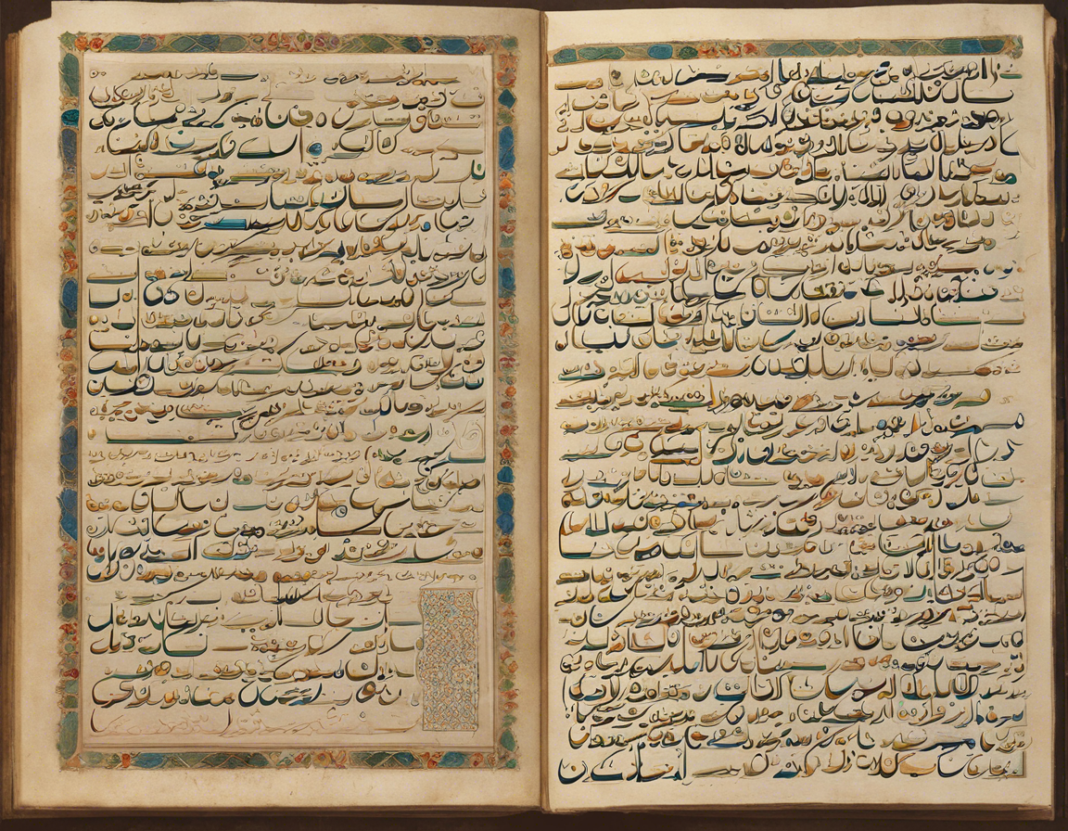Interconnectedness in the world of languages is a fascinating realm, with each language carrying its unique history, culture, and nuances. When it comes to Arabic and Malayalam, two languages with rich traditions, the connection between them may not be immediately apparent. However, a closer look reveals a complex network of historical, linguistic, and cultural ties that have endured through centuries.
Historical Background
The historical connection between Arabic and Malayalam dates back to ancient trade routes and colonial influences that shaped the linguistic landscape of the region. Arabic, a Semitic language that originated in the Arabian Peninsula, spread through trade and Islamic conquests to various parts of the world, including the Indian subcontinent. Malayalam, on the other hand, is a Dravidian language spoken in the southern Indian state of Kerala.
Influence of Arabic on Malayalam
One of the most significant impacts of Arabic on Malayalam is the loanwords that have been incorporated into the language over the centuries. These loanwords encompass a wide range of fields, including religion, commerce, science, and everyday vocabulary. Words like ‘Masjid’ (mosque), ‘Ramadan’ (Islamic holy month), ‘Almari’ (cupboard), and ‘Tharab’ (profit) are just a few examples of Arabic loanwords that have become an integral part of Malayalam vocabulary.
Literary Connections
In the realm of literature, the influence of Arabic can be seen in the Malayalam Muslim literary tradition. Many Muslim poets and writers in Kerala have drawn inspiration from Arabic literature and poetic forms, incorporating them into their work. This fusion of Arabic and Malayalam literary traditions has led to the development of a unique style that reflects the cultural syncretism of the region.
Challenges in Translation
Translating between Arabic and Malayalam poses a unique set of challenges due to the linguistic and cultural differences between the two languages. The script used for writing each language is different, with Arabic being written in the Arabic script from right to left, and Malayalam using its own script derived from Brahmi script, written left to right. This difference in script presents a hurdle for translators, requiring them to be proficient in both scripts to accurately convey the meaning of the text.
Cultural Nuances
Beyond linguistic challenges, translating between Arabic and Malayalam also involves navigating cultural nuances that may not have direct equivalents in the target language. Expressions, idioms, and cultural references unique to one language may not have direct parallels in the other, requiring translators to find creative solutions to convey the intended meaning while maintaining cultural authenticity.
Bridging the Divide
Despite the challenges, translators play a crucial role in bridging the linguistic and cultural divide between Arabic and Malayalam. Through their expertise in both languages and deep understanding of the cultural context, translators enable the exchange of ideas, literature, and knowledge between these two rich linguistic traditions.
FAQs
1. Are there any similarities between Arabic and Malayalam grammar?
While Arabic and Malayalam belong to different language families (Semitic and Dravidian, respectively), they do share some structural similarities in terms of case markers, verb conjugation, and word order.
2. How can I become a translator for Arabic to Malayalam texts?
To become a translator for Arabic to Malayalam texts, it is essential to have a strong command of both languages, including proficiency in reading and writing in the respective scripts. Formal training in translation and a deep understanding of the cultural nuances of both languages are also beneficial.
3. What are some common challenges faced by translators working with Arabic and Malayalam languages?
Some common challenges faced by translators working with Arabic and Malayalam languages include differences in script, cultural nuances, idiomatic expressions, and finding equivalent terms for specialized vocabulary.
4. How can I improve my translation skills for Arabic to Malayalam texts?
To improve your translation skills for Arabic to Malayalam texts, practice regularly by translating a variety of texts, reading extensively in both languages, and seeking feedback from experienced translators or language experts.
5. Are there any translation tools available for Arabic to Malayalam translation?
While there are several translation tools and software available online for Arabic to Malayalam translation, it is essential to use them with caution as they may not always capture the nuances and context of the original text accurately. Professional human translators are recommended for more accurate and nuanced translations.









